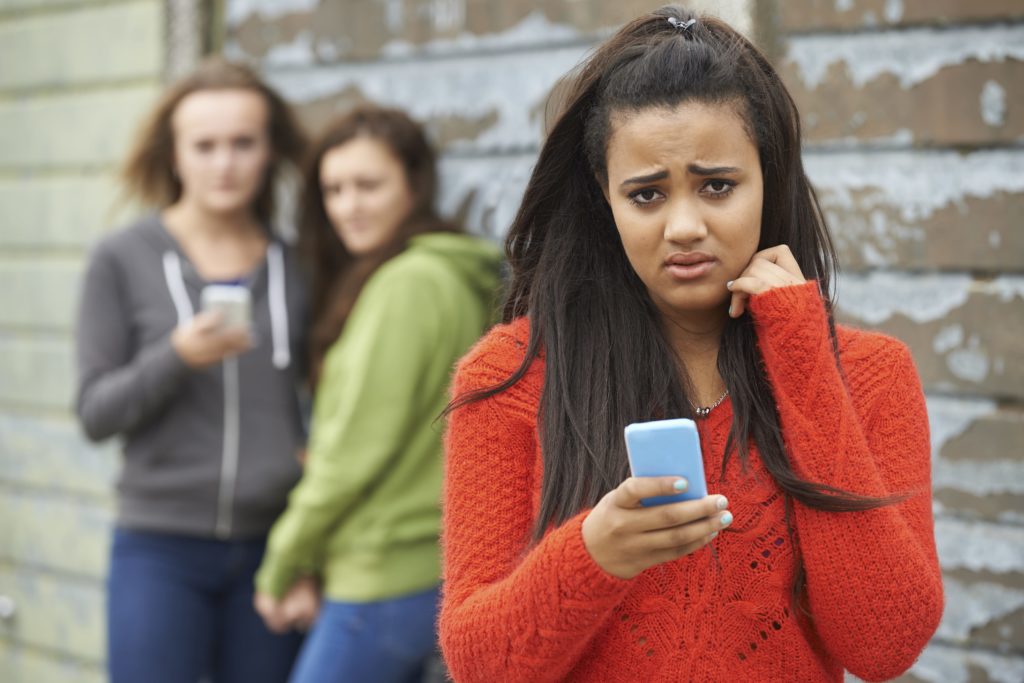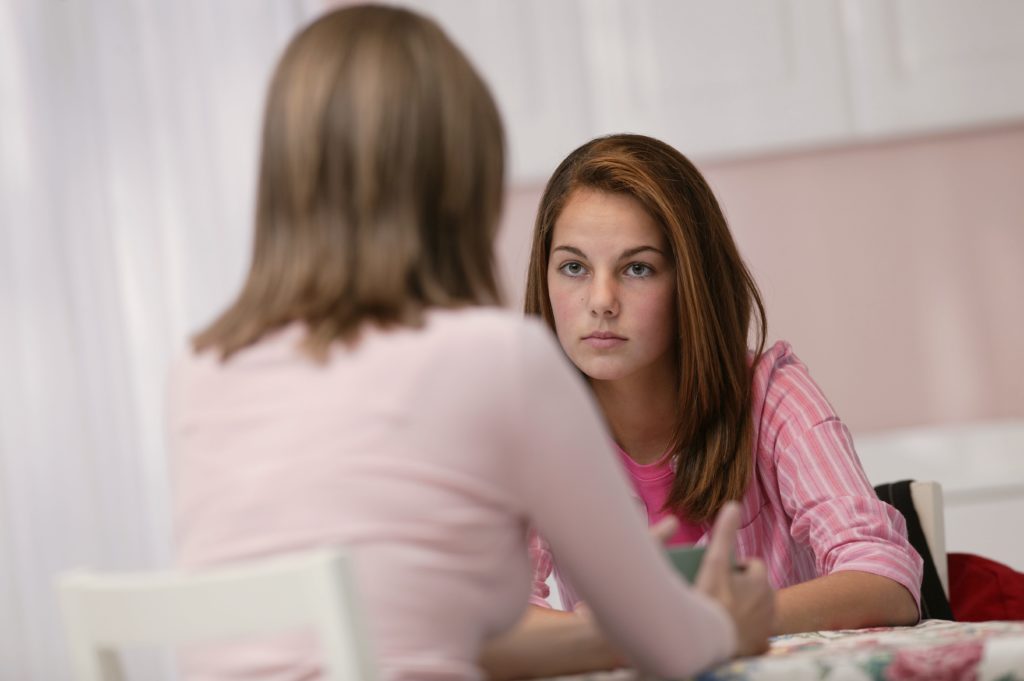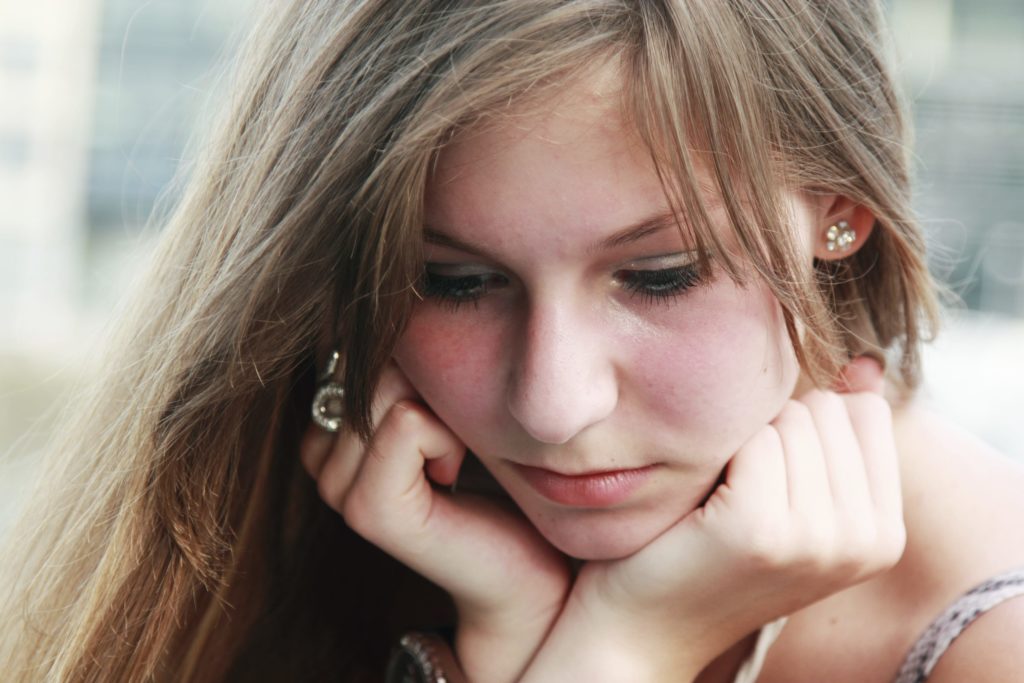Bipolar depression is the term mental health professionals use to describe the episodes of depression that appear in people diagnosed with various forms of bipolar disorder. Current evidence indicates that teenagers and younger children diagnosed with a bipolar condition frequently experience depression as their first and predominant bipolar-related symptom. In a study review published in August 2013 in the journal CNS Spectrums, researchers from the University of Texas Medical Branch examined the current state of knowledge regarding the treatment of bipolar depression in teens and children. The researchers concluded that there is a strong need to develop proven treatment options for people in these age groups.
Bipolar Disorder Basics
Bipolar disorder is the common singular term for a group of mental health conditions called bipolar and related disorders. Each of these conditions gets its name because it produces unusual mood fluctuations that manifest as episodes of an unusually agitated, high-energy state (known as mania) and episodes of unusually “down,” low-energy state (known as depression). The most common forms of bipolar illness are bipolar I disorder, bipolar II disorder and cyclothymic disorder. Bipolar I disorder most closely approximates popular notions of the extreme mood changes involved in cases of “manic depression.” Bipolar II disorder produces less intense mania-related symptoms than bipolar I disorder, and cyclothymic disorder produces less intense mania-related symptoms and less intense depression-related symptoms than bipolar I disorder.
Bipolar Depression Basics
People affected by bipolar I disorder and bipolar II disorder develop depression symptoms that are severe enough to meet the criteria and independent diagnosis of major depression. In addition, people with bipolar illness typically spend much more time in depressed states of mind than they spend in manic states of mind. Despite these facts, the most well documented treatments for bipolar disorder (such as lithium and other “mood stabilizers”) address the symptoms of mania, not the symptoms of bipolar depression. The medications specifically approved in the U.S. for treatment of adult cases of bipolar depression include the antipsychotic drug olanzapine (Zyprexa) and a combination drug that contains the antipsychotic quetiapine (Seroquel) and the antidepressant fluoxetine (Prozac).
Bipolar Depression in Teens and Younger Children
Bipolar illnesses affects roughly 1 percent to 3 percent of all U.S. teens, the authors of the study review published in CNS Spectrums report. In both teenagers and younger children, the symptoms of these illnesses commonly become chronic and continue to exert their influence even after the affected individuals receive some form of treatment. Since depression frequently appears first in adolescents and children with a bipolar illness, doctors often don’t know for quite some time if their patients in these age groups have a bipolar disorder or some form of depressive disorder that doesn’t produce mania. It may take time before mania-related symptoms arise and allow physicians to tell the difference between bipolar conditions and major depression or other depressive illnesses.
Treatment in Teens and Children
Generally speaking, depressive episodes occur more often in teens and children with bipolar illnesses than in teens and children with depressive illnesses. In addition, bipolar depression tends to produce more debilitating effects than depressive illnesses, and also triggers higher risks for the onset of suicidal thoughts and behaviors. Despite these facts, there are currently no medications in the U.S. specifically approved to address the effects of bipolar depression in adolescents and younger children. In the study review published in CNS Spectrums, the University of Texas Medical Branch researchers assessed the relative effectiveness of the various treatments that doctors adapt to combat bipolar depression in these age groups. Specific medications included in this assessment were lithium, quetiapine, a group of antidepressants called SSRIs and a mood-stabilizing, anti-seizure drug called lamotrigine. The researchers also assessed the effectiveness of forms of psychotherapy called cognitive behavioral therapy (CBT), dialectical behavior therapy and multifamily psychoeducational psychotherapy. After completing their assessments, the researchers concluded that there is some evidence to support the use of lithium, lamotrigine and SSRIs as treatments for bipolar depression in teens and younger children. However, this evidence is limited and based on small studies that don’t necessarily apply to the majority of affected individuals. In addition, while the use of SSRIs can substantially reduce the symptoms of bipolar depression, it can also substantially increase the symptoms of bipolar mania. The researchers also concluded that none of the psychotherapeutic treatments under consideration specifically addresses the effects of bipolar depression. In line with these findings, the authors of the review strongly urge the undertaking of new, large-scale studies designed to find truly effective ways to treat bipolar depression in teens and children.






